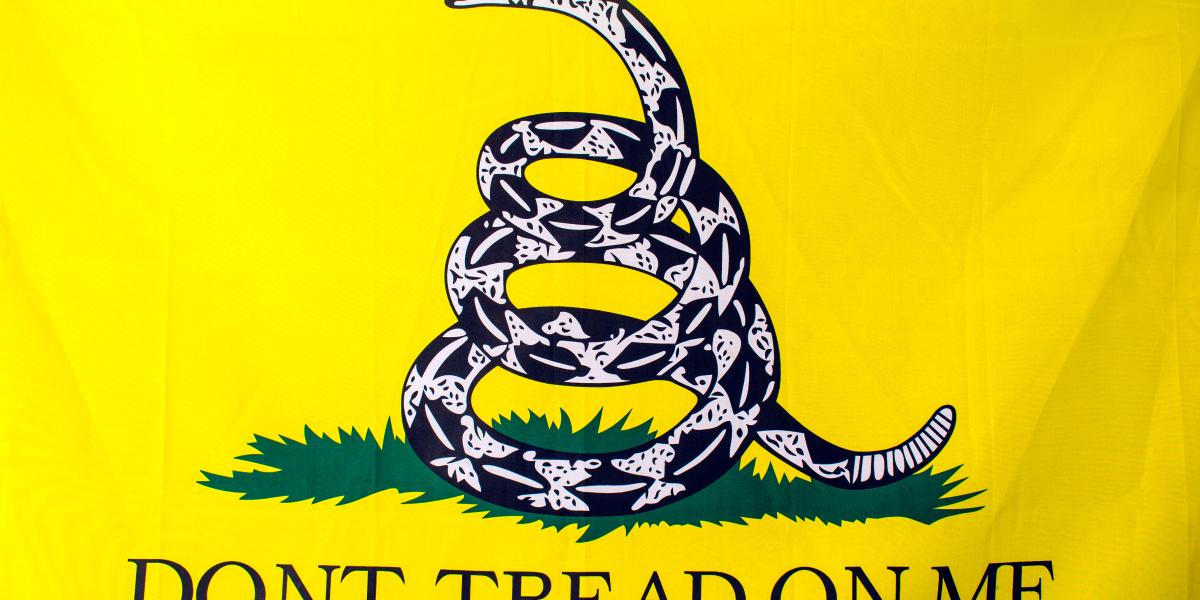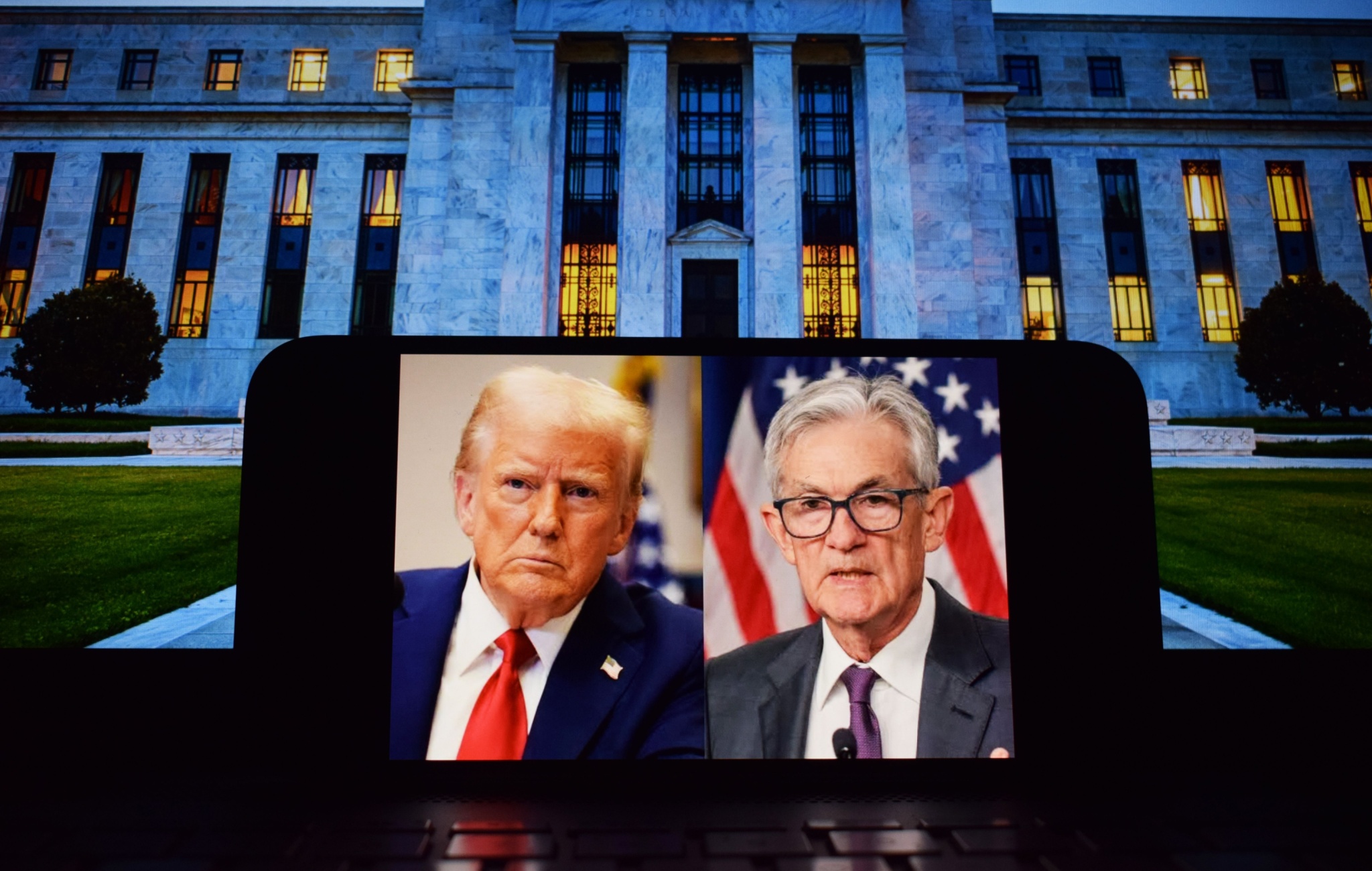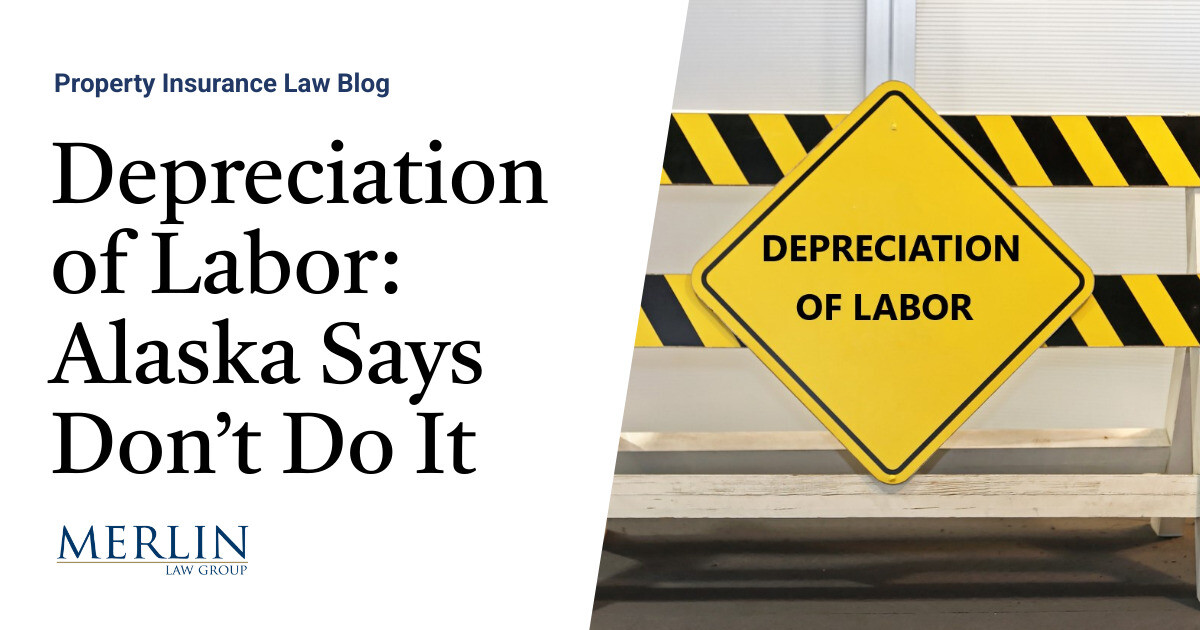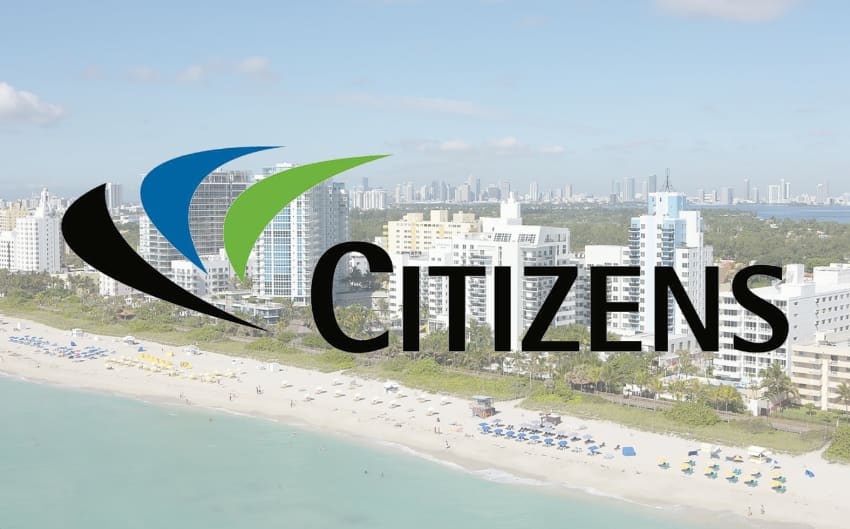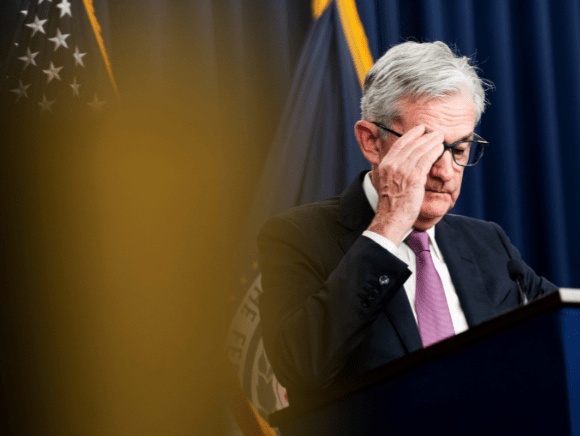Federal Reserve Chair Jerome Powell disappointed the financial markets, even though he promised them nothing. Following his annual Jackson Hole Economic Symposium speech, investors wallowed in self-pity, uttering the famous line from On the Waterfront, “I could’ve been a contender. I could’ve been somebody instead of a bum, which is what I am…” So, what did Powell say that sent the leading benchmark indexes drowning in red ink? Put simply, grab the Pepto Bismol and razor blades, and whatever you do, do not look at your brokerage account until the next green day.
Jerome Powell Parts the Red Sea
Traders are caught in a bull trap as the Dow Jones Industrial Average, S&P 500, and the Nasdaq Composite Index recorded triple-digit losses. The summer market fake-out offered millions of arm-chair investors a mirage, the belief that the worst of times were behind us. But then Powell came along and knocked everyone off the bull run.
In a policy speech delivered at the annual Jackson Hole, WY, retreat, Powell confirmed that the central bank will “use our tools forcefully” to fight 40-year high inflation, with higher interest rates entrenched in the marketplace “for some time.” But, unfortunately, on the path toward normalization, Powell assured the public that there would be “some pain” for the economy.
“While higher interest rates, slower growth, and softer labor market conditions will bring down inflation, they will also bring some pain to households and businesses,” he said in prepared remarks. “These are the unfortunate costs of reducing inflation. But a failure to restore price stability would mean far greater pain.”
Powell refused to be persuaded that inflation was falling based on a month or two of data. He noted that the tightening cycle would persist until the annual inflation rate moves closer to the 2% objective.
“We are moving our policy stance purposefully to a level that will be sufficiently restrictive to return inflation to 2%,” the Fed Chair stated. “Restoring price stability will likely require maintaining a restrictive policy stance for some time. The historical record cautions strongly against prematurely loosening policy.”
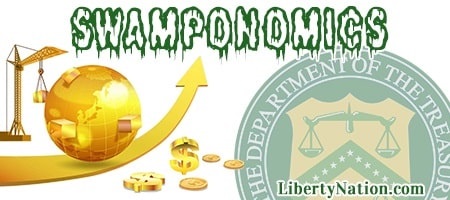 These comments sent investors back into the US Dollar Index (DXY) and Treasurys. The index tested 109.00, and the benchmark ten-year yield added about three basis points to around 3.05%. Also, the spread between the two- and ten-year yields widened to -38 basis points.
These comments sent investors back into the US Dollar Index (DXY) and Treasurys. The index tested 109.00, and the benchmark ten-year yield added about three basis points to around 3.05%. Also, the spread between the two- and ten-year yields widened to -38 basis points.
Essentially, investors thought, for whatever reason, that Powell was going to announce the Fed would slow down the pace of rate hikes and that another era of easing was nigh. At the same time, the head of the central bank handed out some tissues to doves, telling them: “At some point, as the stance of monetary policy tightens further, it likely will become appropriate to slow the pace of increases.”
Consumers, What’s Your Deal, Bruh?
Is the US economy beginning to witness a tapped-out consumer? In an environment of surging price inflation borrowing costs, the shoppers might not be so ebullient to buy stuff they do not need with money they do not have. This was perhaps telling in the latest Bureau of Economic Analysis (BEA) data that showed personal spending rose just 0.1% month-over-month in July, below the market estimate of 0.4%. This is down from the 1% gain in June.
Many market analysts and economists had been waiting for concrete signs that consumer demand would be on the decline. Some numbers indicate this, including 0% growth in retail sales in July, growing business inventories, and slumping housing sales. Plus, based on several of the purchasing managers’ index (PMI) reports, companies are saying that new client orders are sinking based on diminishing consumption from shoppers.
As the wisdom in economics goes, wait about six months for a public policy to seep into the overall economy. Since Jerome Powell and his merry band of central banks raised the benchmark fed funds rate in March, the nation might be witnessing the effects of tightening monetary policy.

(Photo by: Citizen of the Planet/UCG/Universal Images Group via Getty Images)
Could Oil Rebound to $125 Again?
The slide in crude oil prices has allowed the consumer price index (CPI) to slow this summer. Fund manager surveys show that oil is a crowded trade, the left-leaning talking heads suggest that President Joe Biden’s policies have made a difference (LOL), and realistic experts warn that inflation and recession forces have reduced demand.
However, Swiss UBS strategists have tossed bones to the crude bulls, telling them that fundamentals point to higher prices, from diminishing spare capacity to lower inventory levels. Put simply, the financial institution echoed comments made by Saudi Arabia that there is a “disconnect” between the paper and physical markets. This comes after the Organization of the Petroleum Exporting Countries (OPEC) and its allies, OPEC+, suggested that it could cut output over bearish demand outlooks and a potential Iran nuclear agreement. Should this arise, Riyadh will make a fool of Washington again.
In addition, President Biden’s plan to release one million barrels of crude oil per day from the Strategic Petroleum Reserve (SPR) ends in November. However, should demand be revived at a modest pace in the coming months and Old Man Winter makes his return, there could be “tighter markets at the end of the year,” UBS purported.
And, of course, this could result in higher gasoline prices. Earlier this month, the national average price of a gallon of gasoline slipped below $4, marking ten straight weeks of falling prices. Could they top this mark again? It might not matter if households are spending exorbitant electricity bills due to soaring natural gas prices as they try to keep the lights on, stay warm this winter, and have the kettle running for a spot of tea.
Check out Whatfinger.com, the #1 Alternative to the Drudge













